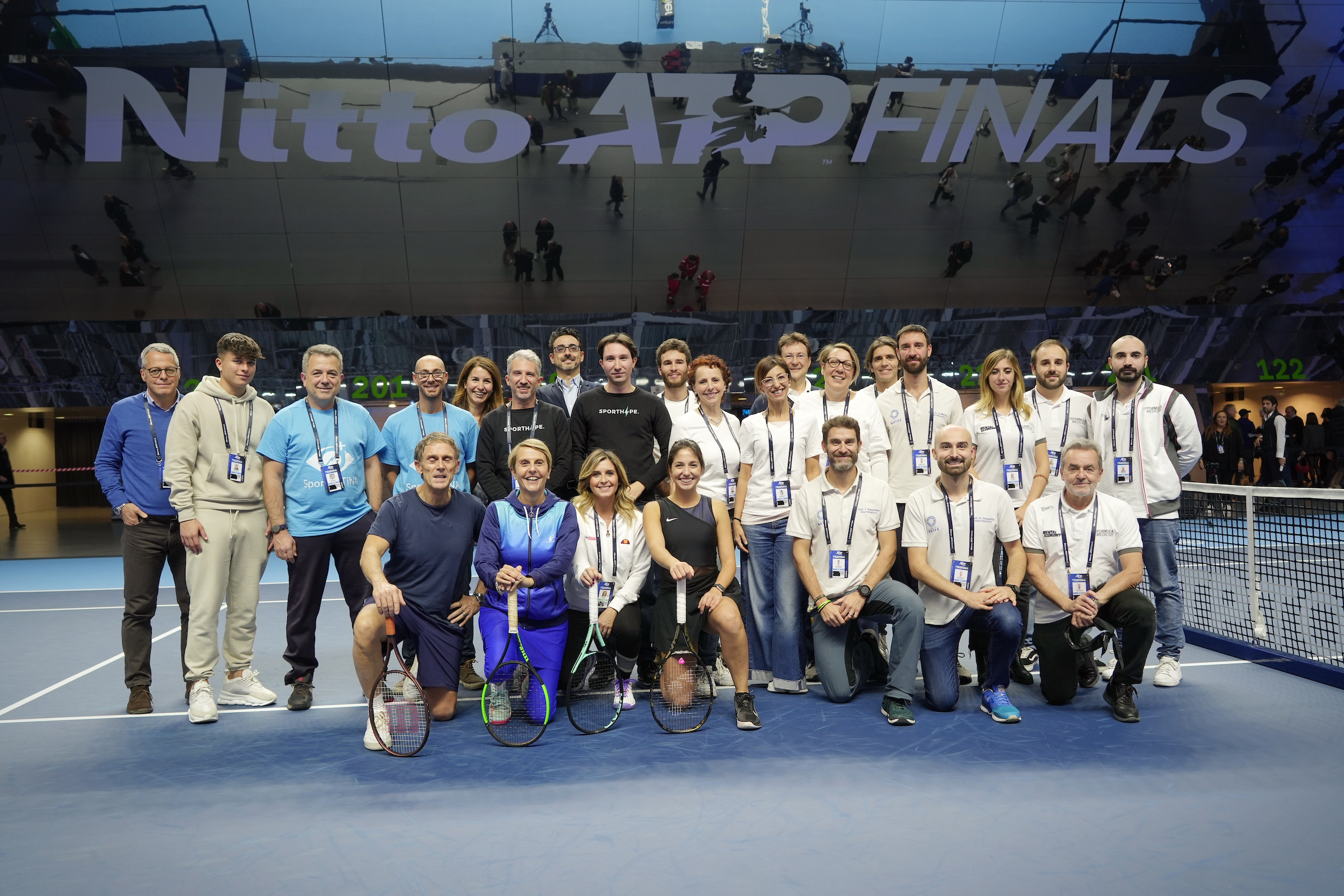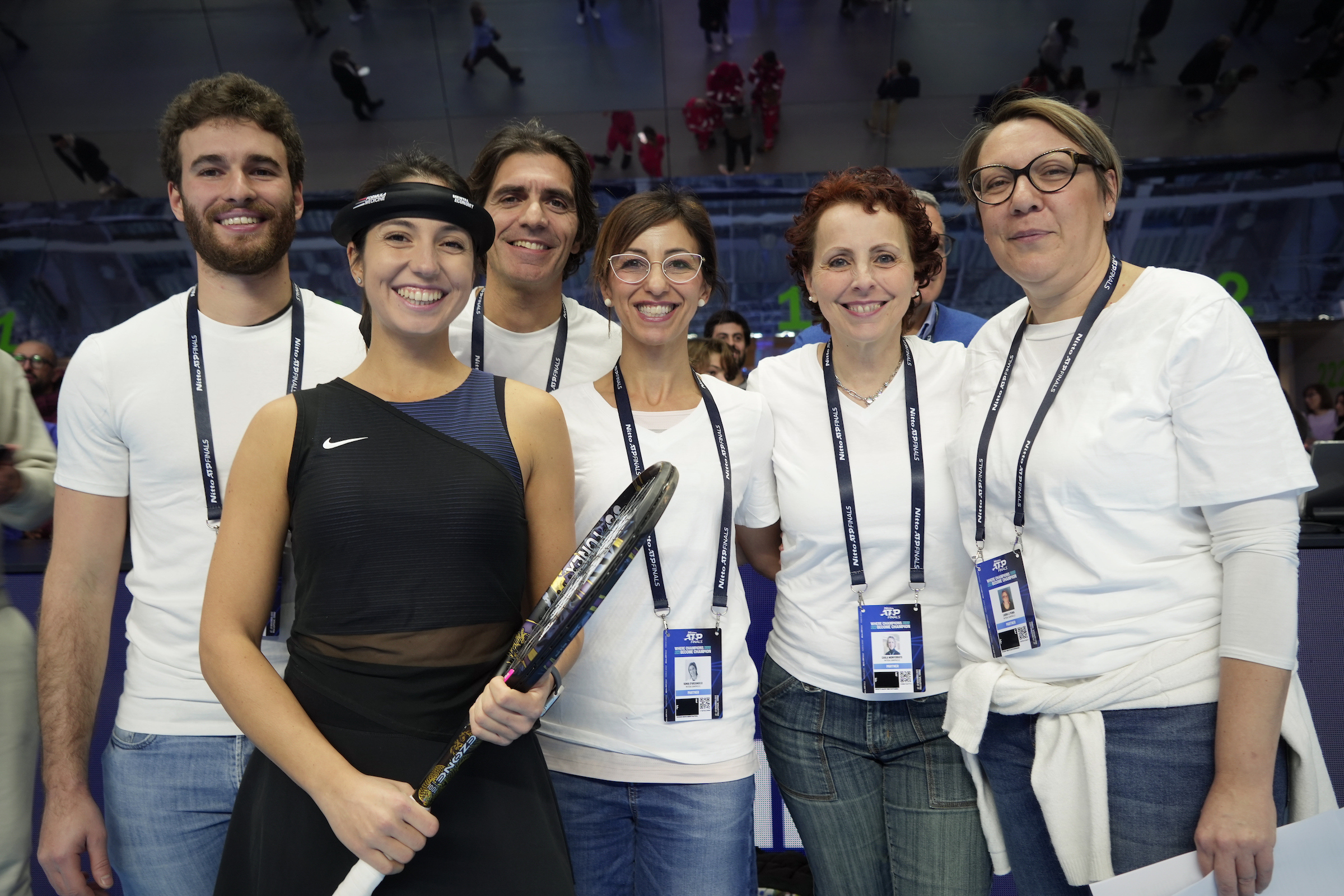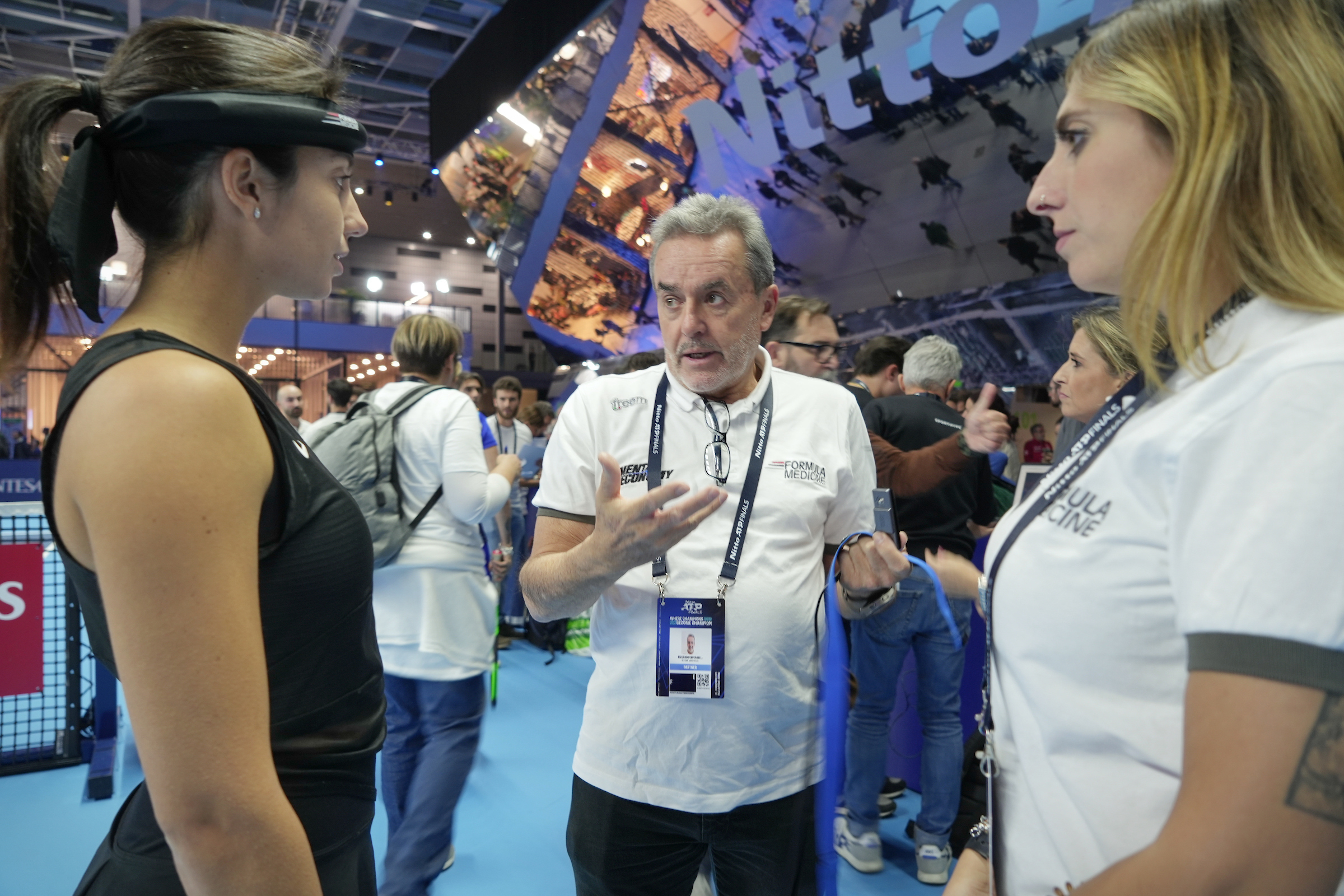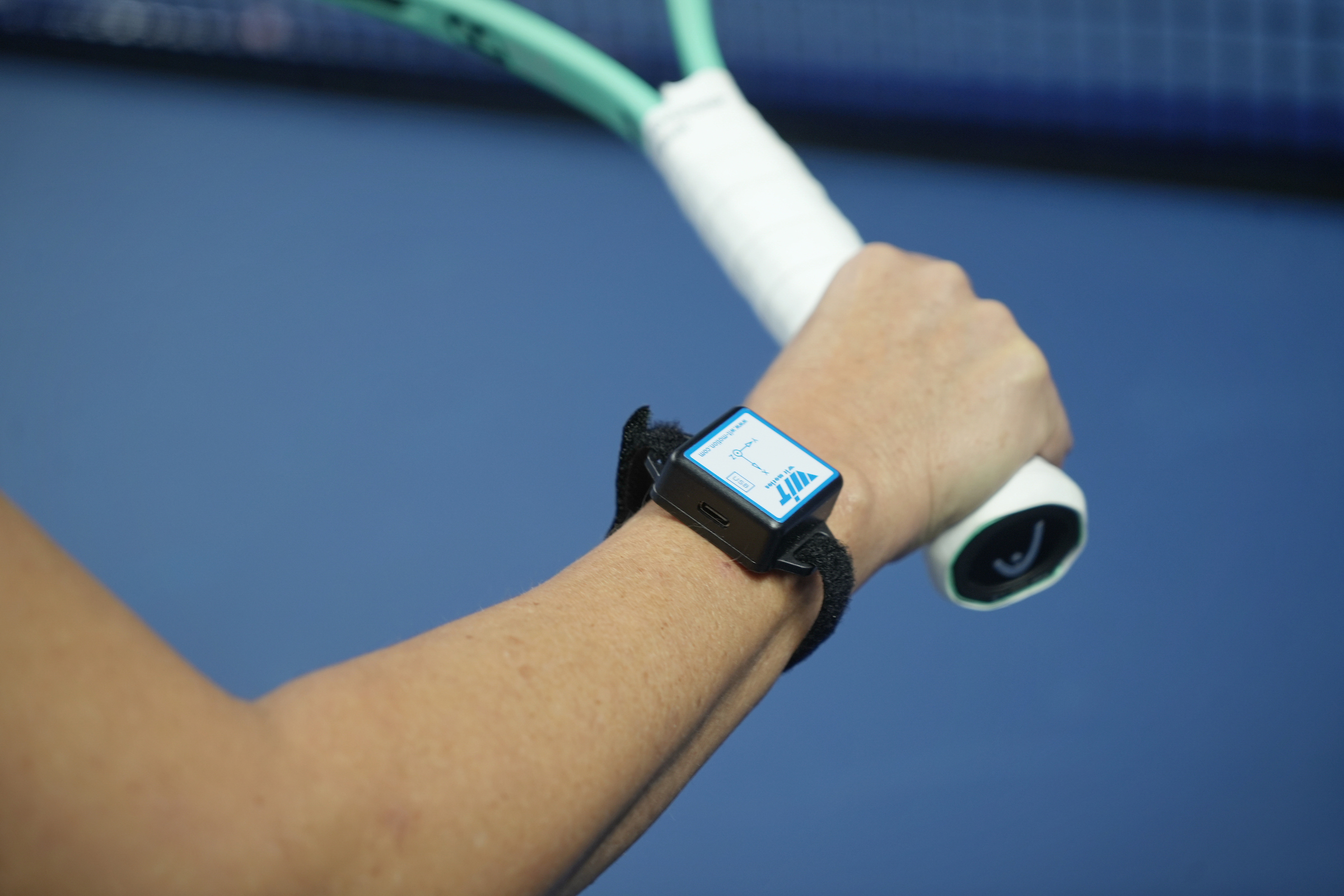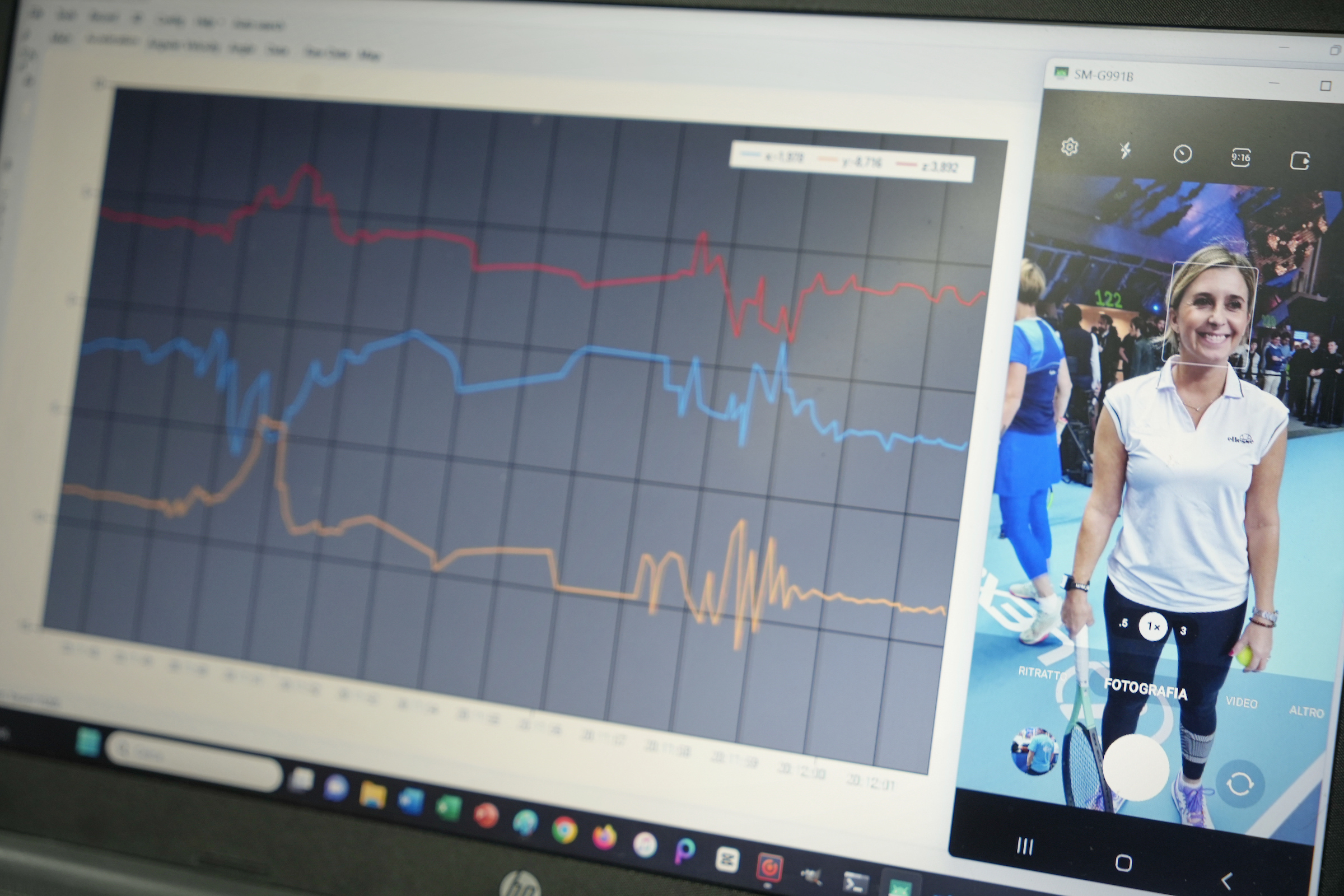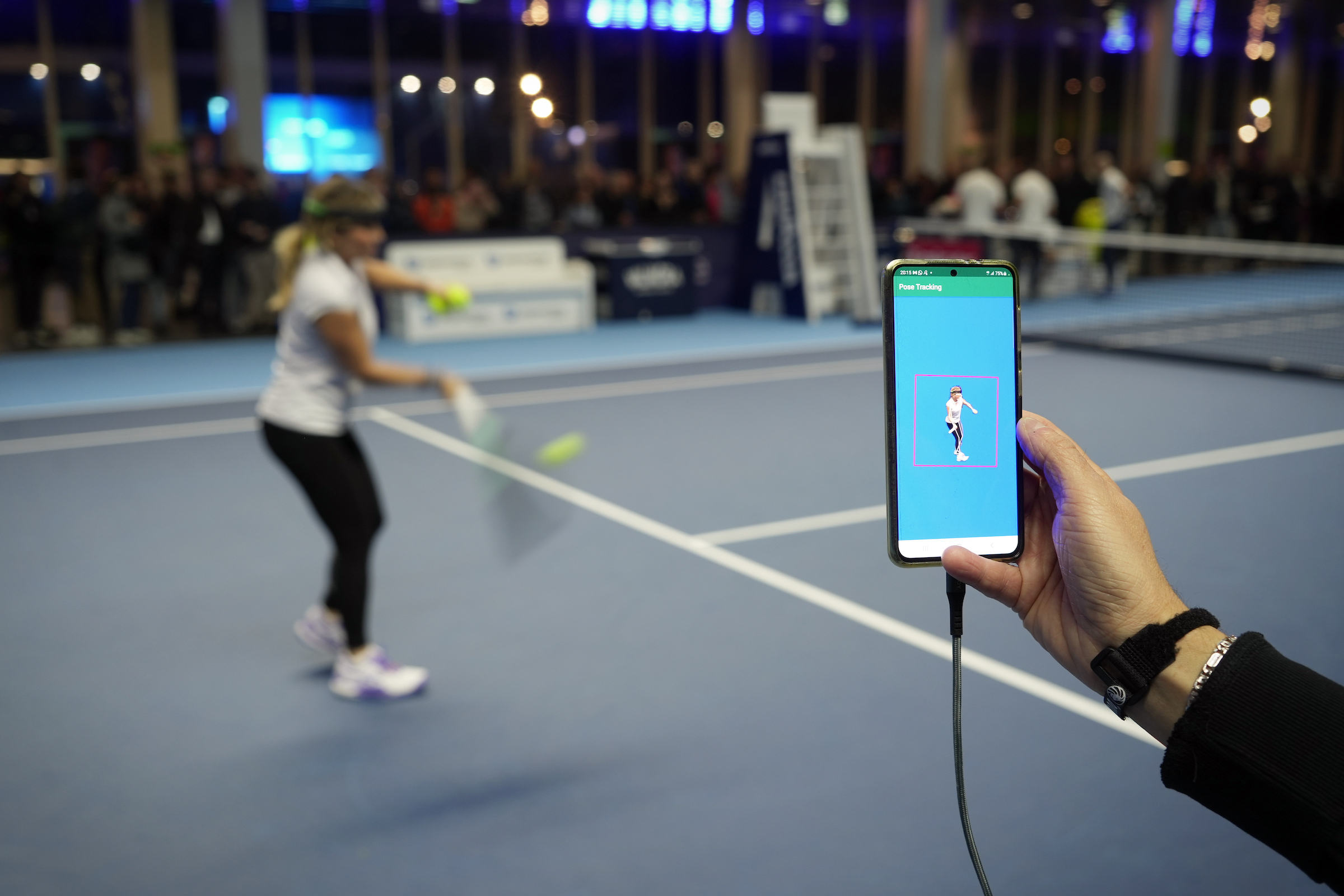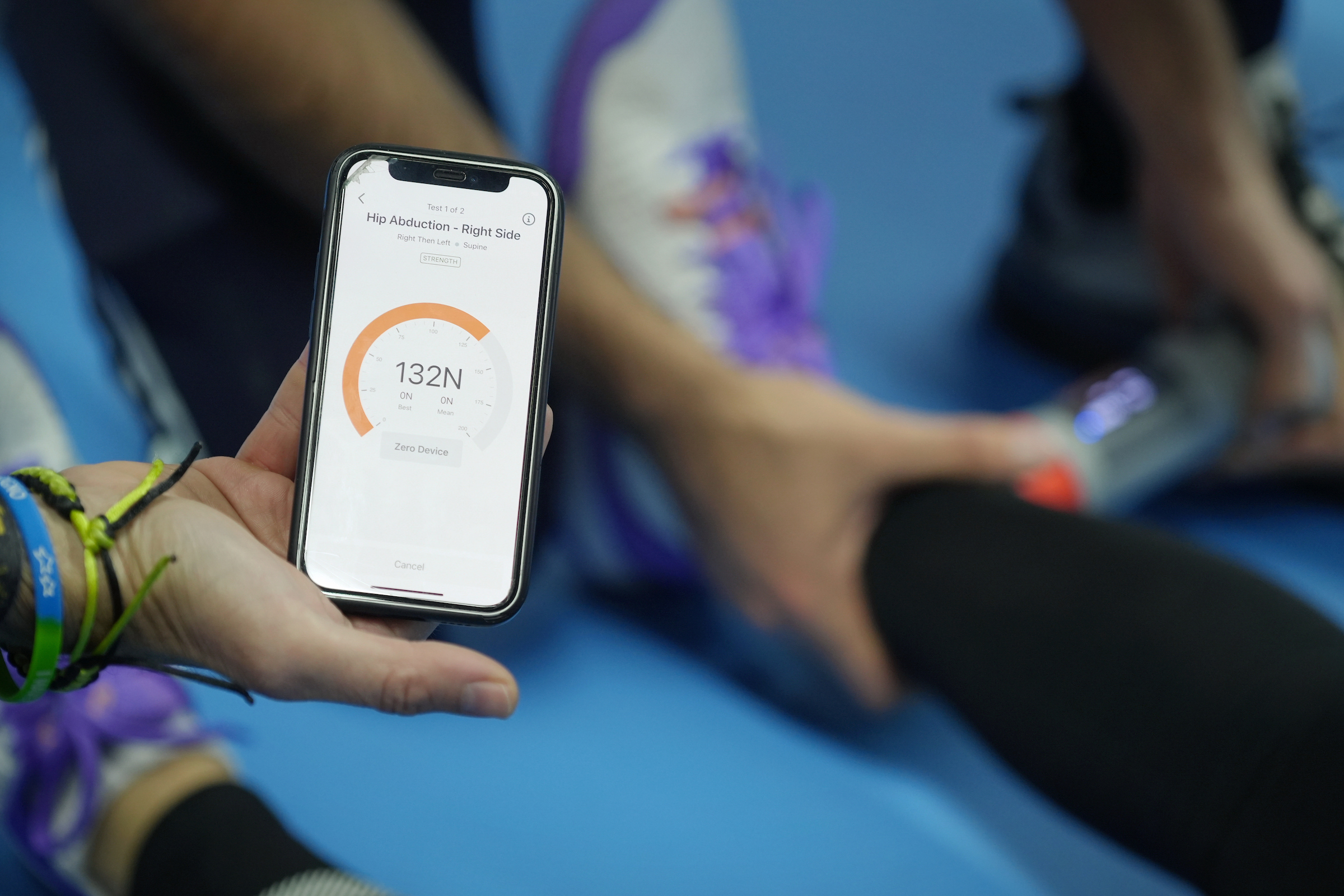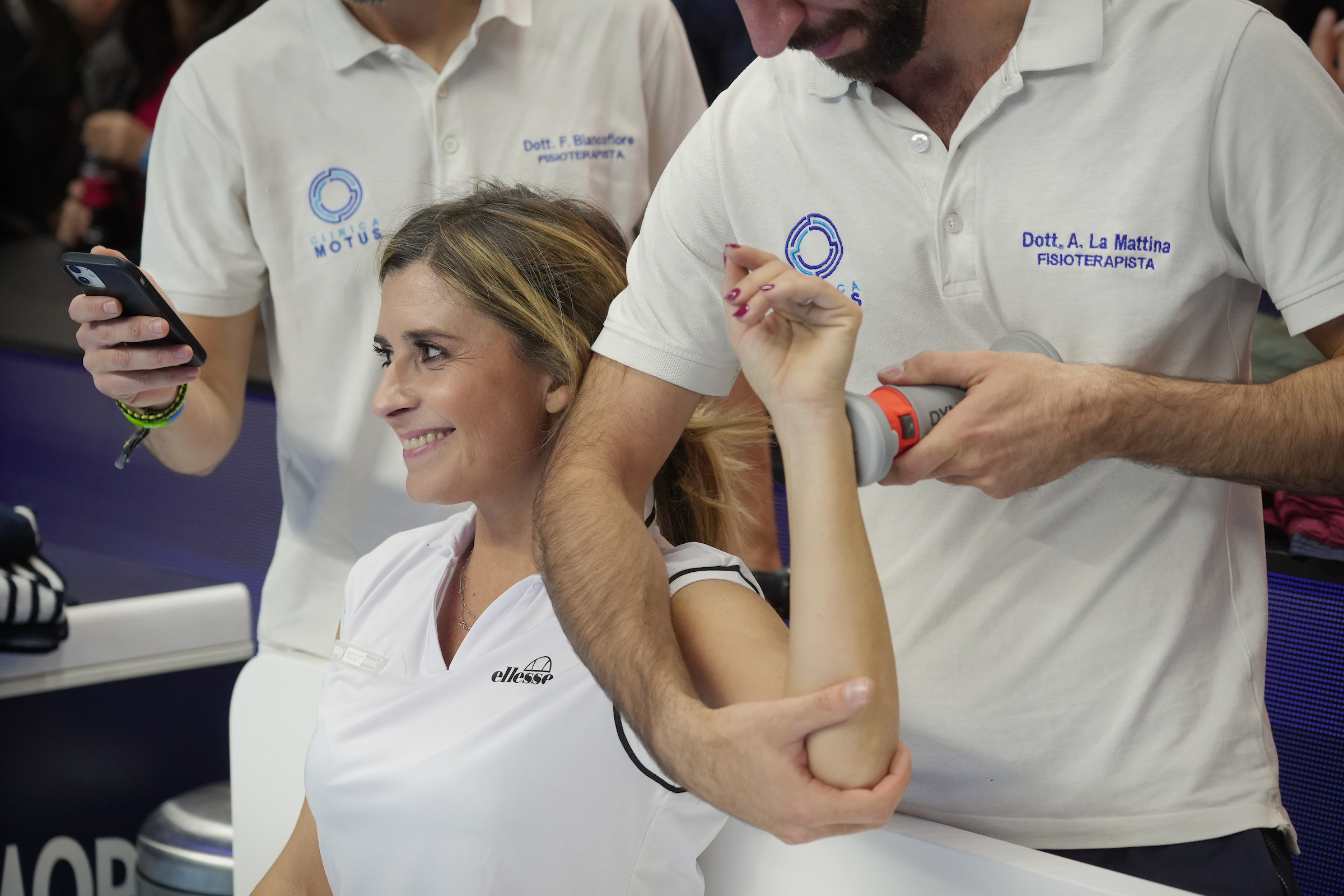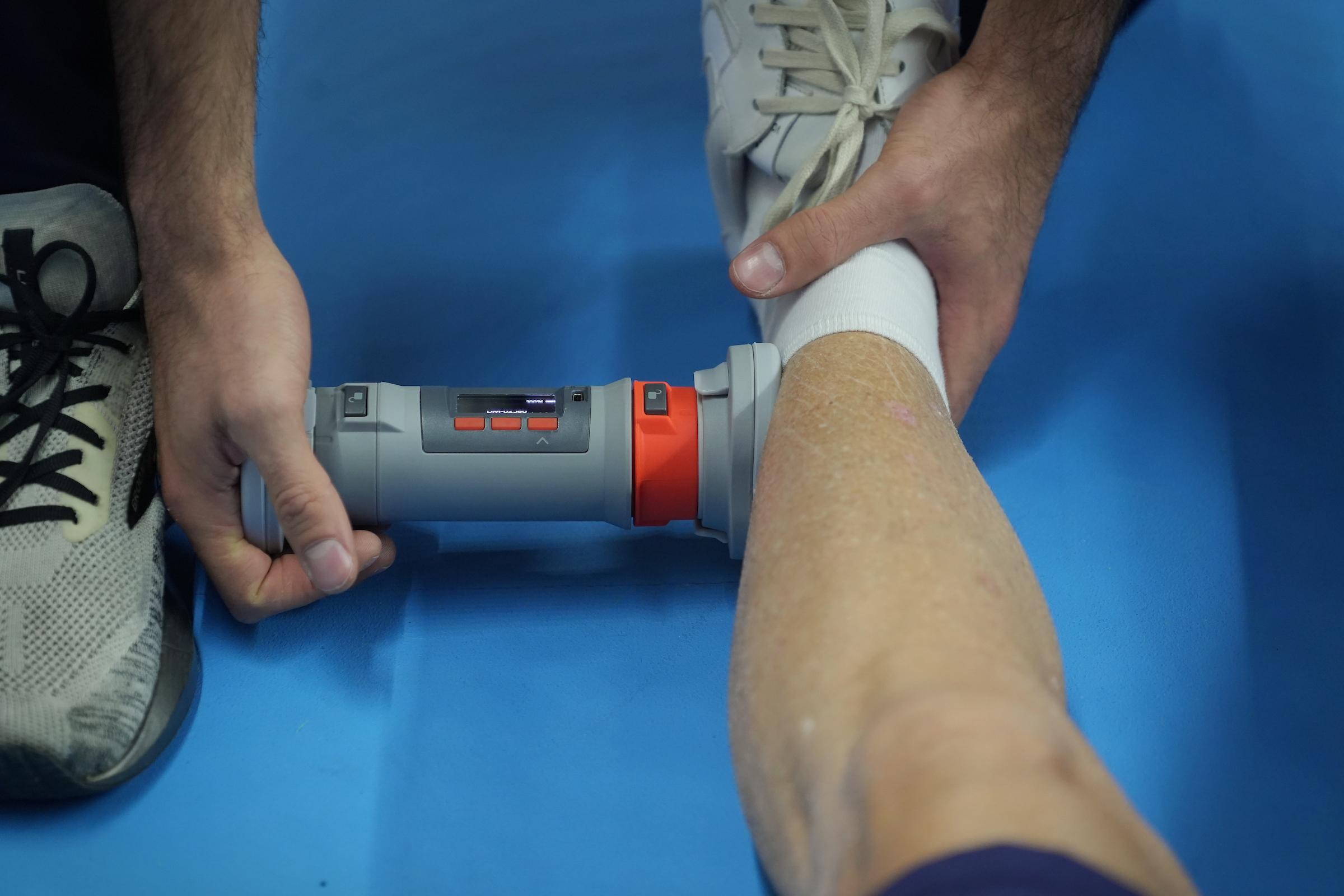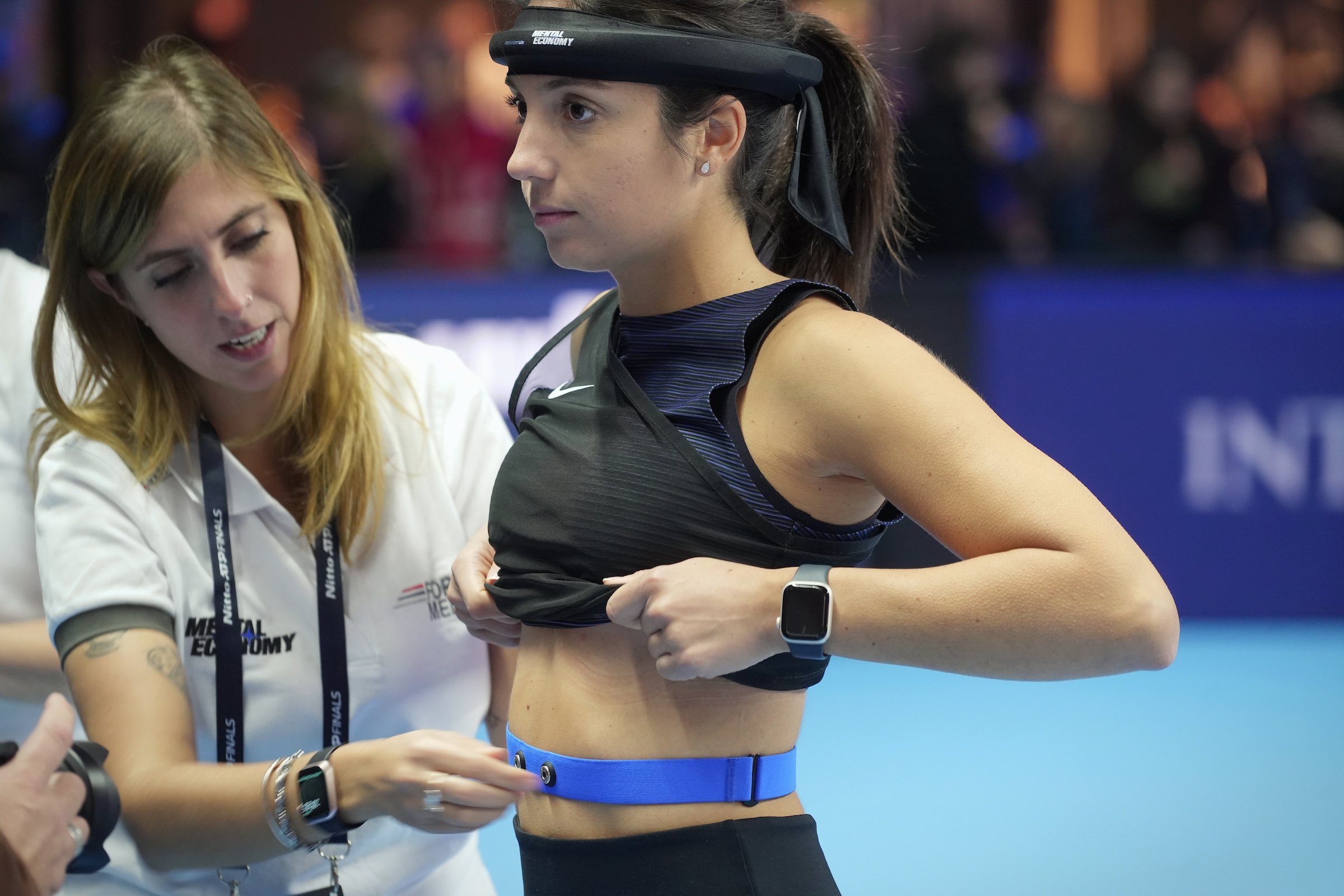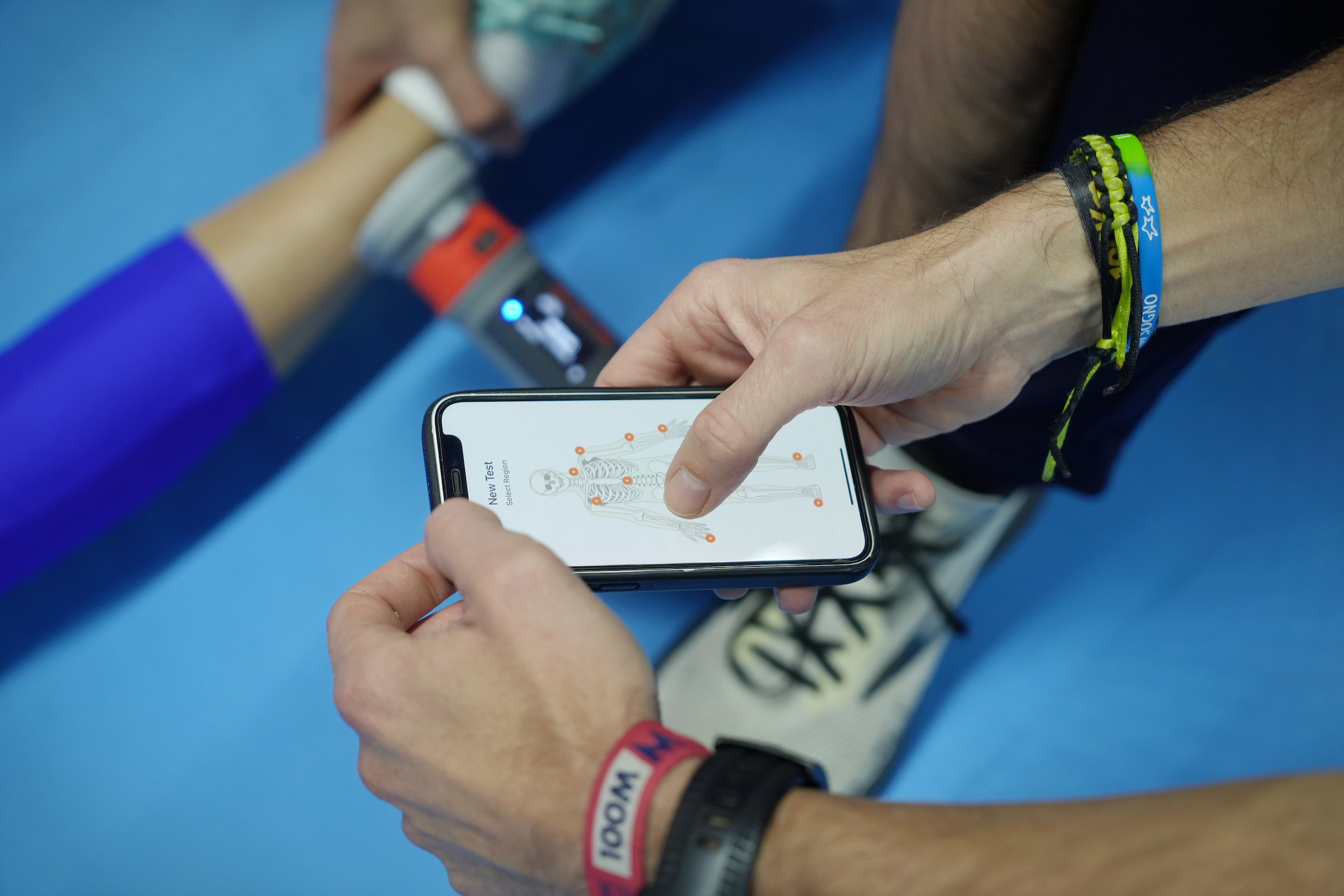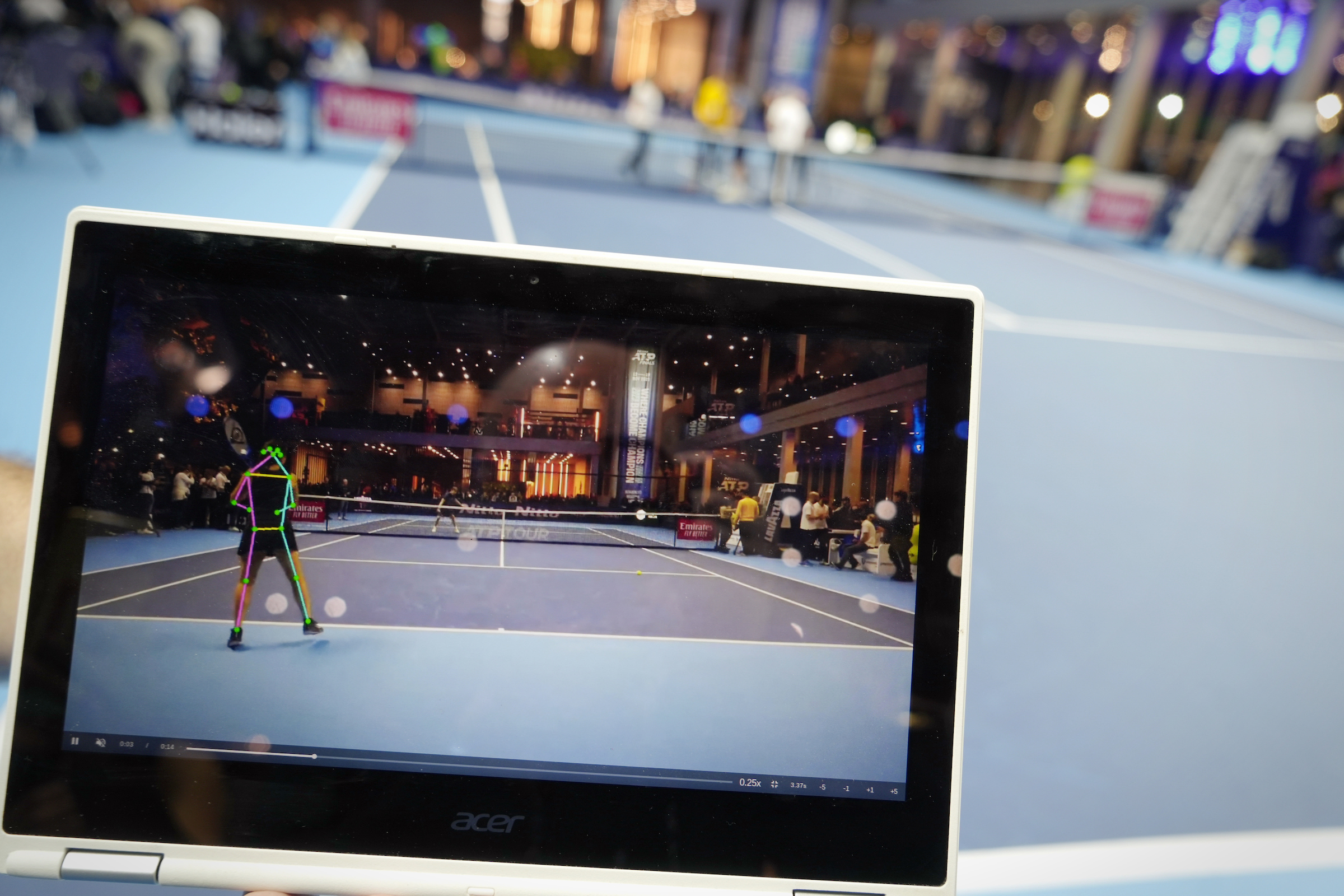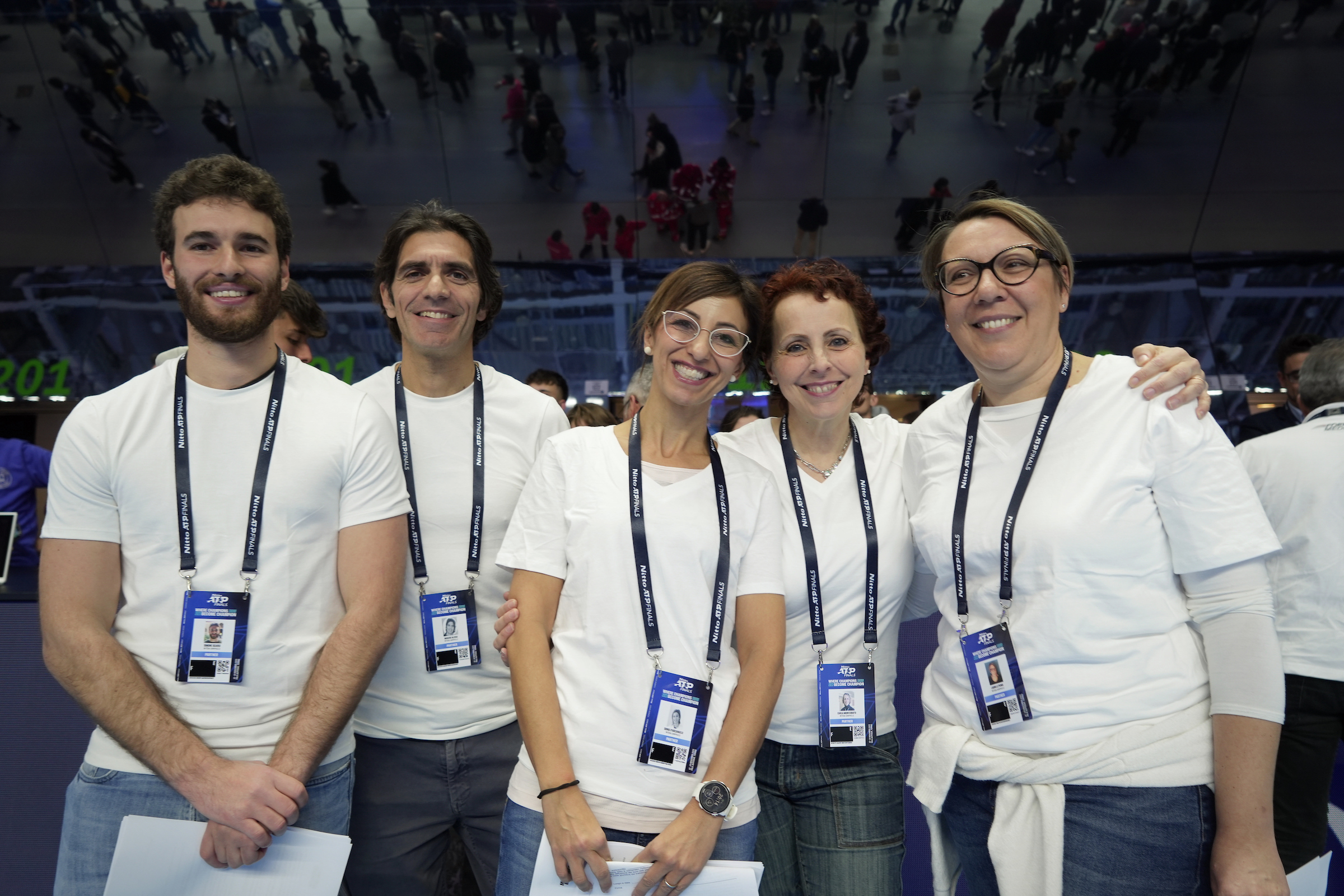Sport and innovation: how Artificial Intelligence and neuroscience can improve the performance of athletes
On the occasion of the Nitto ATP Tennis Finals, Intesa Sanpaolo Innovation Center hosted a round table to explore the role of Analytics and mental "work"in optimizing performance by reducing the risk of injury.
Sport is always a “hot topic”, and the 2023 Nitto ATP tennis Finals - of which Intesa Sanpaolo was host sponsor – given the exciting journey of our Jannik Sinner (defeated only in the final by the Serbian champion Novak Djokovic) were no exception.
In addition to talent and passion, technological innovation and neuroscience are becoming more and more important to improve performance and optimize the physical and mental training of athletes, with the data collection and processing (Analytics) and through innovative technologies improves performance.
As proof of increasingly close link between sport and innovation, the 22-year-old Italian star was the protagonist of the 2022 Innovation Coffee entitled “Talent and Innovation”. On the occasion, in addition to telling how his passion for tennis got the better of skiing, the number 4 in the world clarified how Analytics and mental "work" help him regain his psychophysical shape in moments of difficulty.
To deepen the study and optimization of athletes' performances thanks to innovation and neuroscience, in the context of the 2023 ATP Finals on Friday 17 November Intesa Sanpaolo Innovation Center hosted a round table which saw data scientists, doctors, physiotherapists and neuroscientists discuss. Event preceded on November 16th from an "in the field" demonstration promoted by the Intesa Sanpaolo Innovation Center at the PalaAlpitour in Turin, to collect numerous data presented during the round table.
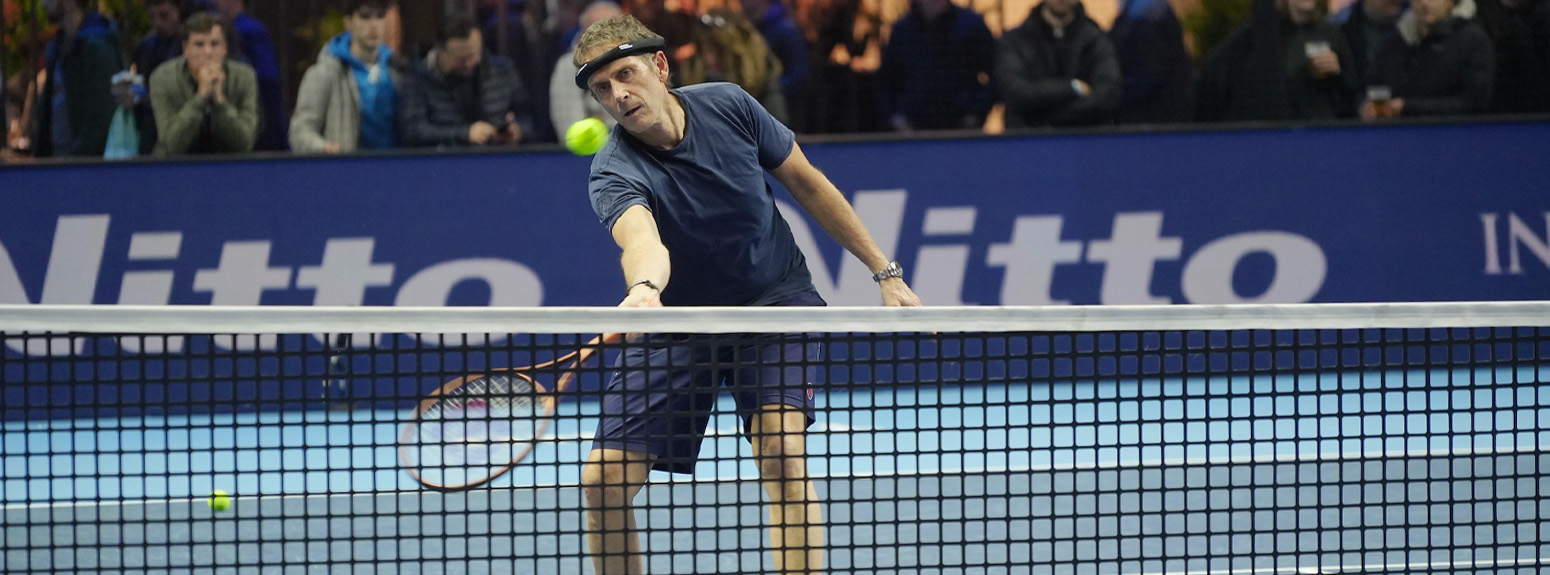
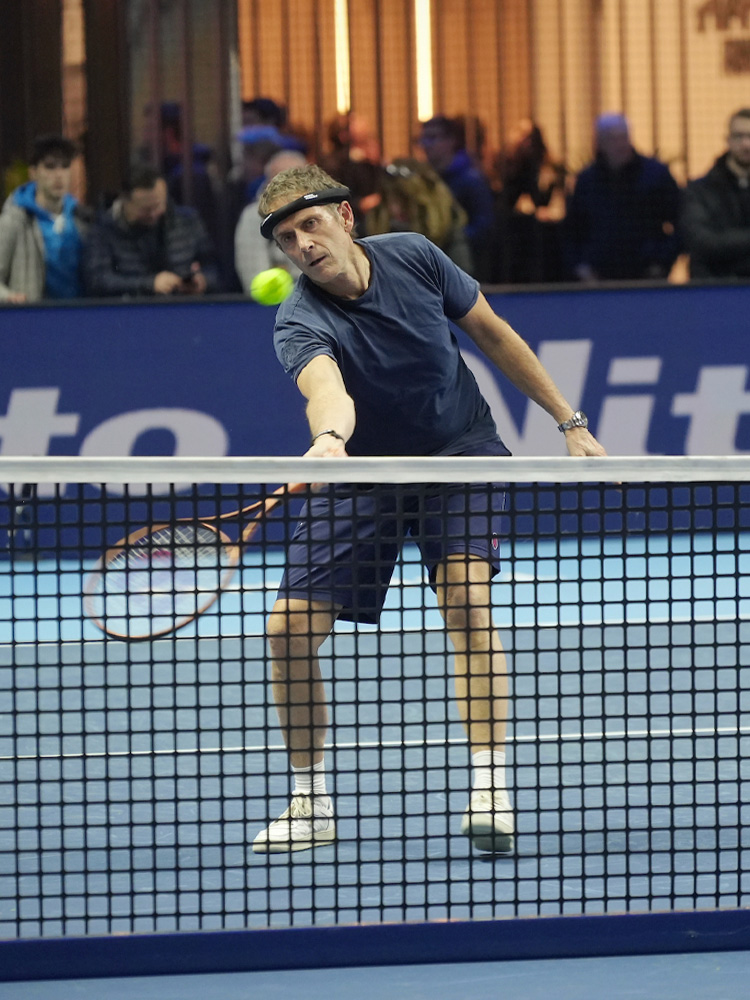
After a brief introduction on the importance for the Intesa Sanpaolo Group of sport also understood as an opportunity for socialization and recognition of physical and sensorial diversity, Luigi Ruggerone – Senior Director Business and Innovation Research of Intesa Sanpaolo Innovation Center - presented the work of AI LAB to improve sports performance through the analysis and processing of large amounts of complex data, together with the mental aspects on which the Neuroscience LAB.
Furthermore, regards open innovation a study conducted by Intesa Sanpaolo Innovation Center highlights how in 2022, European startups dealing with innovation applied to sport raised 1.5 billion euros on 150 funding operations: a promising and constantly growing market.
In this sense Andrea Filippo Rosso, co-founder of the innovative reality SportsHype, opened the discussion by explaining how the startup, through the analysis and processing of the crops thanks to computer vision, wearable devices and coaches, provides valuable information for the athletes thanks to Artificial Intelligence. The solution developed by SportsHype, indeed, calculates various indices to evaluate the physical and mental condition of athletes by processing the data with a holistic approach to prevent injuries and improve performance.
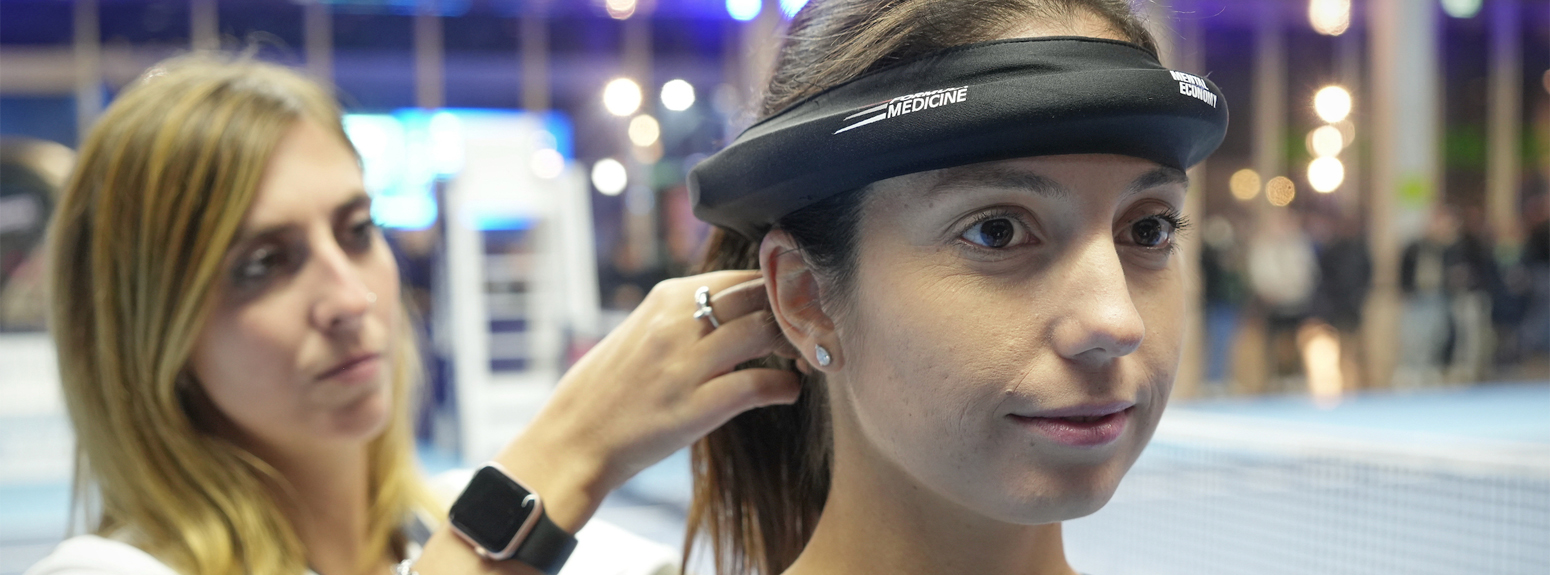

Fabio Capparelli, founder and CEO of the British startup SportRetina, he then illustrated how his reality intact data acquired from portable camera kits and sensors (e.g., accelerometers) in a portal to "break down" the phases of the different shots, identify the position of the tennis player thanks to an algorithm of pose estimation, as well as measure and calculate different variables obtaining "performance models" that allow you to identify the aspects to train most.
Moving on to the mental aspects, Emiliano Ricciardi, Professor of Psychobiology and Physiological Psychology at the IMT School of Advanced Studies Lucca, scientific partner of the Intesa Sanpaolo Innovation Center - explained how over the last 40 years neuroscience has been at the center of a revolution due to the progressive availability of technologies that allow us to visualize the dynamics of the brain, study it and "train" it.
Giving as example a research carried out with Formula 1 drivers, in performing the same gesture an elite driver "uses" fewer areas of the brain than a normal driver thanks to a high neural efficiency. The electromagnetic stimulation of specific areas of the brain, furthermore, facilitates motor learning and allow to act on the athletes' perception of fatigue.
The CEO of Formula Medicine, Riccardo Ceccarelli, then explained how in over 30 years of experience in motorsport (and beyond) he has created a sort of "mental gym".
During the demonstration at the PalaAlpitour the players involved wore faxes on the head to measure brain activity and heart rate monitors on the wrist to quantify stress. The devices, connected to software developed by Formula Medicine, made it possible to monitor numerous parameters such as engagement and Brain Strain in real time, useful for studying and optimizing the use of psychophysical resources. In this sense, exactly like in Formula 1, when athletic gestures become "automatic", cognitive space is freed up to manage the tactical part and prevent thinking too much from generating stress, anxiety and fear.
Finally, Franco Biancofiore from the Motus clinic presented field data collection work in the demonstration at the PalaAlpitour and in previous training sessions, with the aim of preventing accidents. An innovative approach to physiotherapy based on different technologies Thatmeasure parameters as thedominant arm strength notparts of the body at greatest risk injury for tennis players (lumbar spine, ankles/feet), preventing "predictable" physical problems from arising.
At the end of the round table, the need to integrate data collection relating to physical performance with neuroscience. With this in mind, consistently with its mission, Intesa Sanpaolo Innovation Center aims to create an ecosystem of sports innovation.

